Prevent ripping your mainsail and spinnakers
Mainsail
The spreaders pierced our mainsail on a crash gybe. We installed anti-chafe patches (a 8″ patch over a 6″ patch) on the mainsail in place of the four spreader tips and a set extra for the upper spreaders when sailing with one reef. The sailmaker stitched the patches onto the sail because there were holes already. If you do it in time, then just sticking them on will do. Saves you a lot of work taking the mainsail off. Also installed spreader boots on the tips of the spreaders.
Spinnakers and gennakers
We ripped our asymmetric spinnaker because it got caught behind the upper spreader. A bit of shock cord that connects the upper spreaders and the shrouds will solve this. Also make sure that the jumper spreader bolts are cut off and taped. Use self-vulcanising tape. This tape transforms to a solid rubber over time and is very durable. Self-vulcanising tape appears non sticking. We get a lot of complaints from customers, just because they do not understand how this type of tape works. You have to stretch the tape at least by 50% to activate it. So keep stretching the tape as much as possible when you apply it. Also make sure the last bit is stretched, so that it bonds. Pull tight and cut off.
Another area of concern is the upper jumper. That is the ‘spreader’ pointing forward. It has a sharp point which protruded our gennaker when it collapsed. We added a Nylon disk, similar to the one which comes standard on the lower spreader. To make installation easy, we machined a recess for a hose clamp on top and bottom. Then cut the disk in halves and installed with hose clamps.
Parts and tools used
- 6mm shock cord, black
- white Dacron patches, 6 pieces 200 mm (8″) , 6 pieces 150mm (6″)
- spreader boots. Spreaders are 14cm wide.
- self vulcanising tape
- battery operated angle grinder to cut off bolt ends
- file to take off the burrs from the bolts
- pair of scissors
- Bosun’s chair
- White disk from Zspar


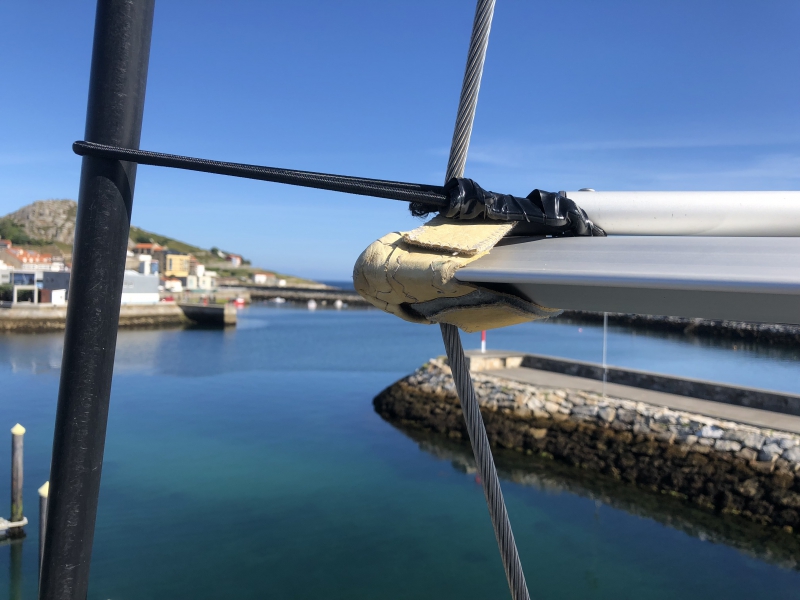
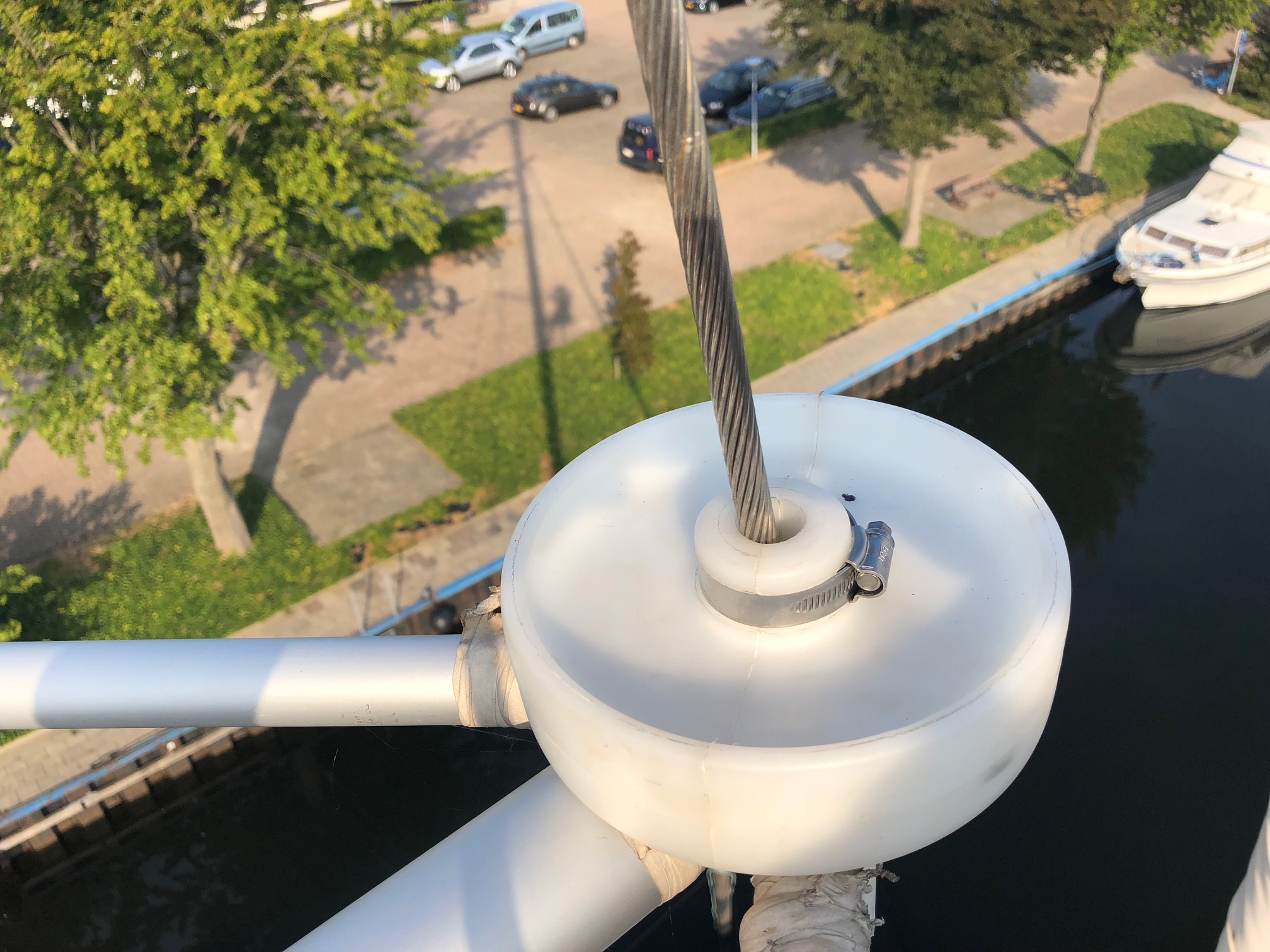
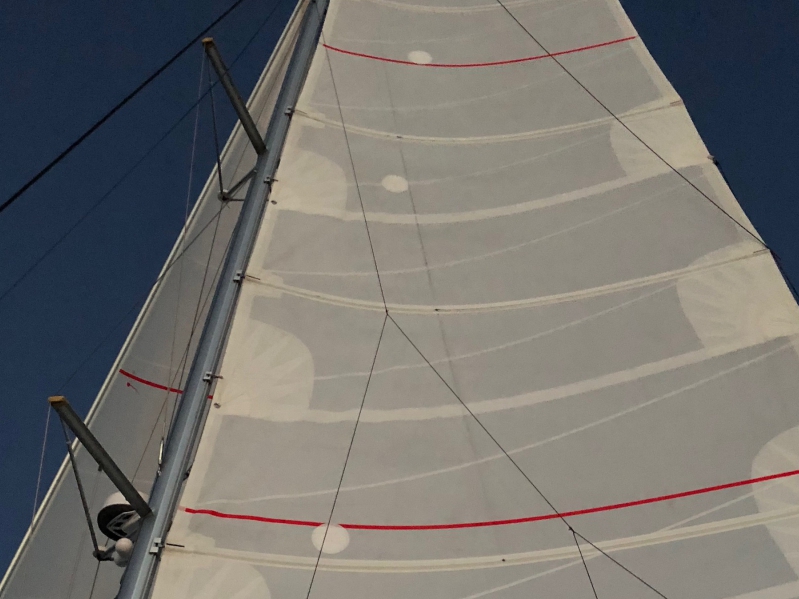
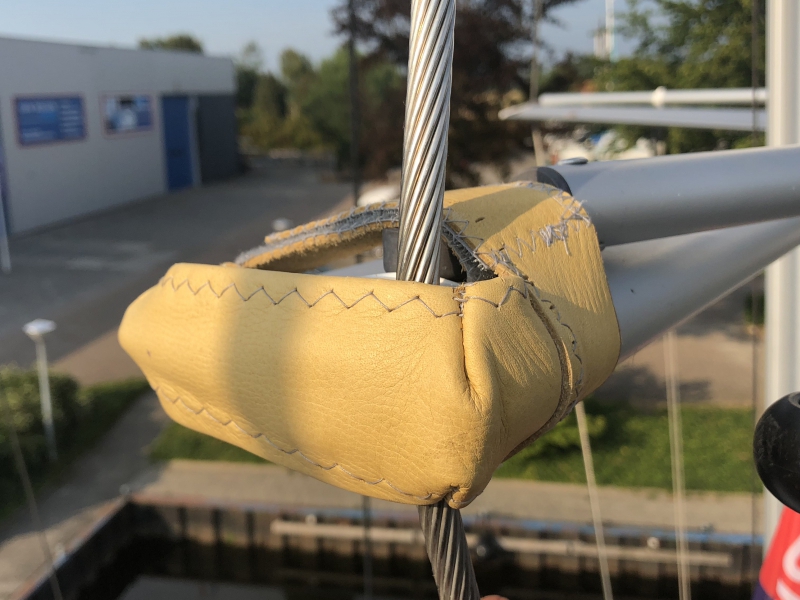
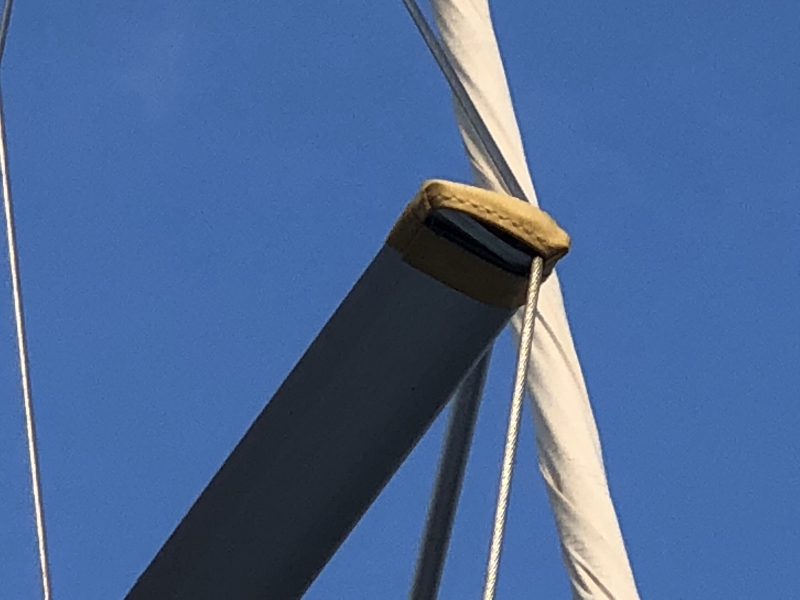
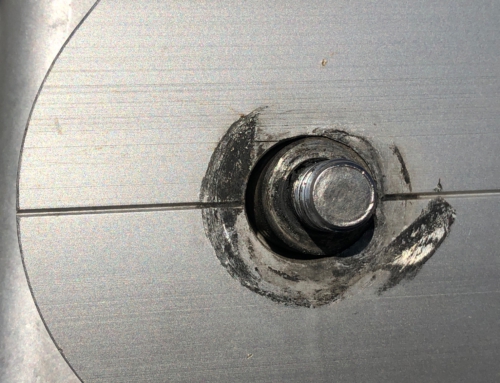
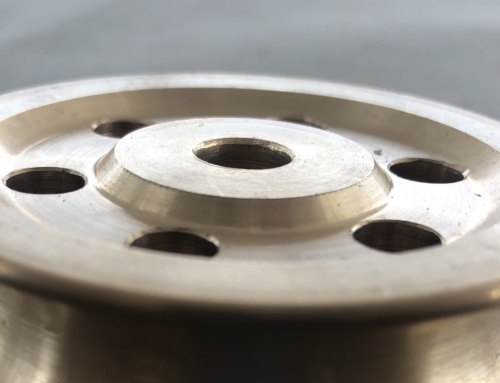
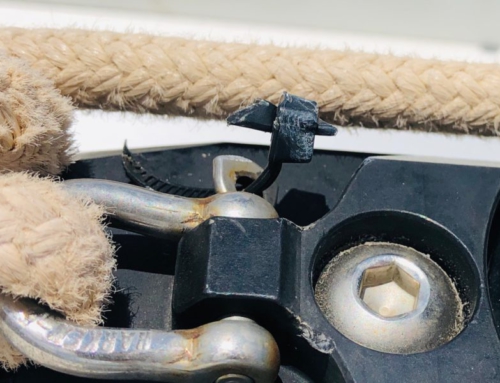
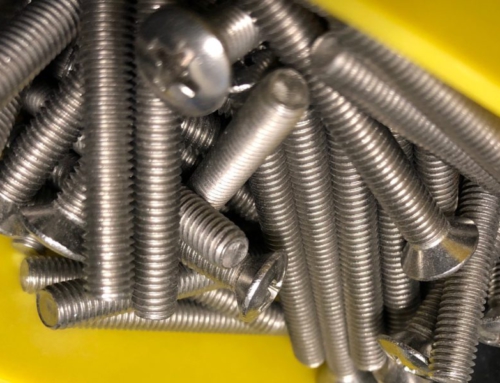
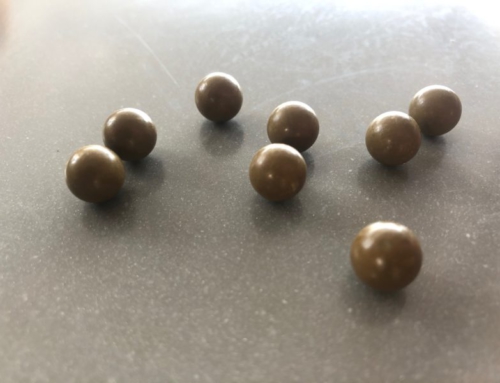
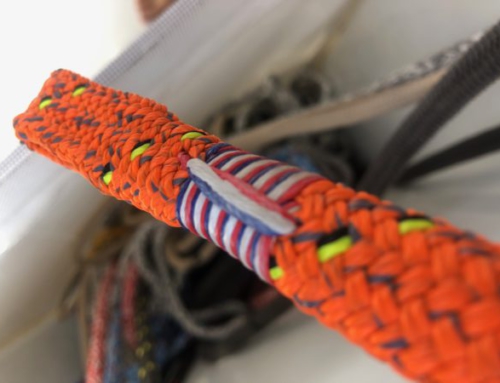
Leave A Comment